A 3 GW green hydrogen facility planned for Gladstone could be powered by solar PV after the state-owned Stanwell Corporation and Acciona Energia, a subsidiary of Spanish conglomerate Acciona, signed a Memorandum of Understanding (MoU) on future energy supply for the proposed hydrogen production and export project.
Stanwell has teamed with a consortium of Australian and Japanese energy companies to develop a large-scale electrolysis plant at Aldoga, about 20 kilometres north-west of Gladstone, with the view to producing green hydrogen for export to Japan and use in local industry.
Since the CQ-H2 project was unveiled, land has been secured at Aldoga, a planning study completed, a $10.4 million feasibility study announced, and now an MoU has been signed that allows for a direct connection to be established between the hydrogen production facility and Acciona’s proposed Aldoga Solar Farm.
Originally slated as a 250 MW project, the $550 million Aldoga Solar Farm is expected to reach a capacity of 600 MWp after Acciona recently received approval from the Queensland government for a significant expansion of the project.
Acciona Energia managing director Brett Wickham said the company was excited to provide the Stanwell-led CQ-H2 consortium with “renewable energy supply to their innovative hydrogen project”.
Deputy Premier Steven Miles said the agreement marked a major milestone for the CQ-H2 consortium which includes Japanese companies Iwatani Corporation, Kawasaki Heavy Industries, Kansai Electric Power Company and Marubeni, and Australian energy infrastructure business APA Group.
“A direct connection would see Queensland’s largest solar project providing clean and renewable energy to Queensland’s largest renewable hydrogen project,” he said.
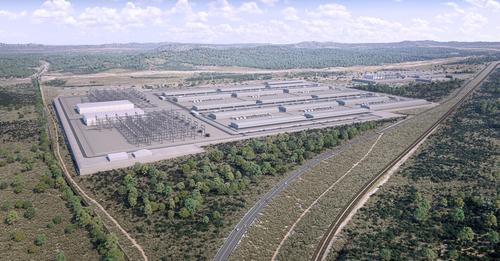
Image: Stanwell
The proposed CQ-H2 green hydrogen project is expected to commence production in the mid-2020s with the project to scale up to more than 3 GW of electrolysis capacity by the early 2030s.
The project, which has attracted financial support from the Japanese Ministry of Economy, Trade and Industry and the Australian Renewable Energy Agency (ARENA), aims to produce up to 36,500 tonnes per annum of renewable hydrogen and export to Japan from 2026, scaling up to 328,500 tonnes per annum in 2031 to meet forecast demand.
Stanwell chief executive officer Michael O’Rourke said the MoU would allow for the consortium to push ahead with its plans but said more renewable energy will be needed to deliver the project in full.
“We will leverage the direct connection to the Aldoga Solar Farm to power stage one of the proposed CQ-H2 hydrogen facility,” he said. “(But) our proposed facility will require substantially higher quantities of renewable energy to support the development of stage two.”
The Aldoga Solar Farm is due to commence construction in September 2023, with generation output scheduled to commence in December 2025.
This content is protected by copyright and may not be reused. If you want to cooperate with us and would like to reuse some of our content, please contact: editors@pv-magazine.com.
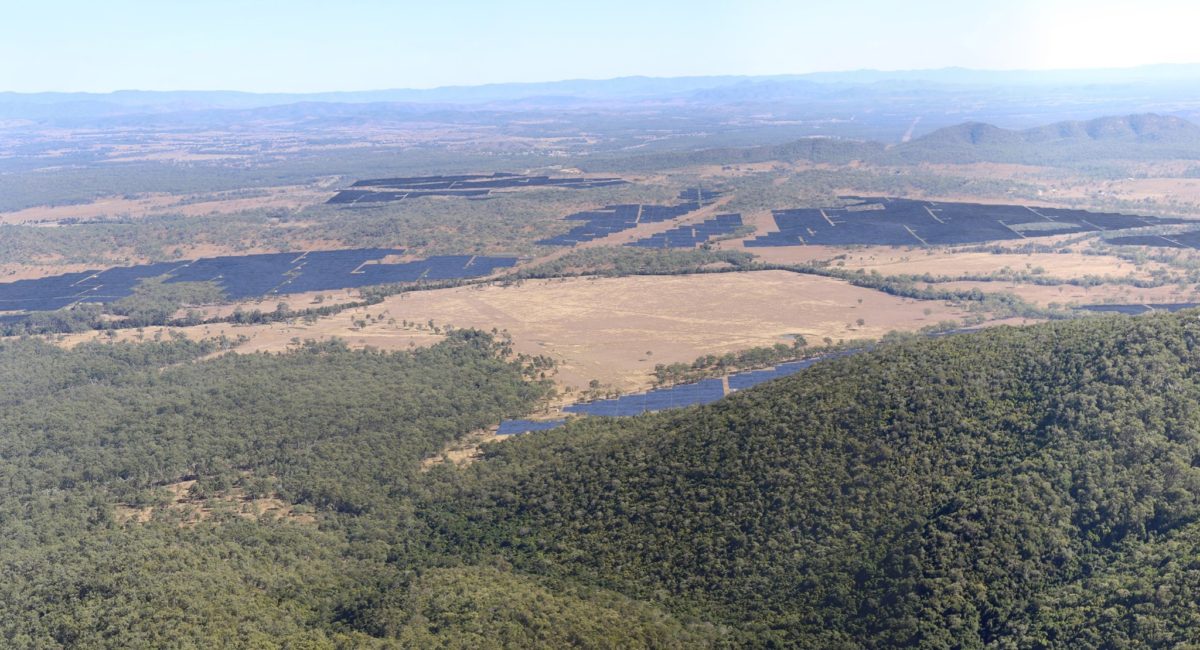



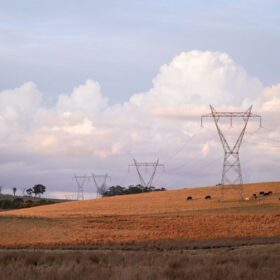
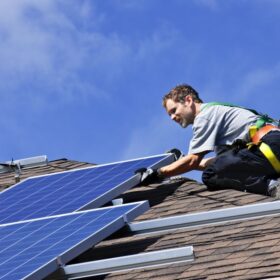
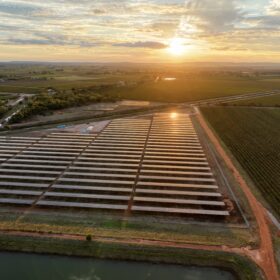

4 comments
By submitting this form you agree to pv magazine using your data for the purposes of publishing your comment.
Your personal data will only be disclosed or otherwise transmitted to third parties for the purposes of spam filtering or if this is necessary for technical maintenance of the website. Any other transfer to third parties will not take place unless this is justified on the basis of applicable data protection regulations or if pv magazine is legally obliged to do so.
You may revoke this consent at any time with effect for the future, in which case your personal data will be deleted immediately. Otherwise, your data will be deleted if pv magazine has processed your request or the purpose of data storage is fulfilled.
Further information on data privacy can be found in our Data Protection Policy.